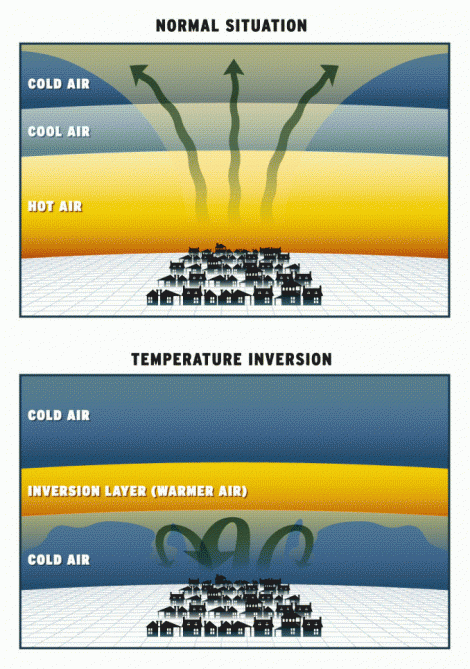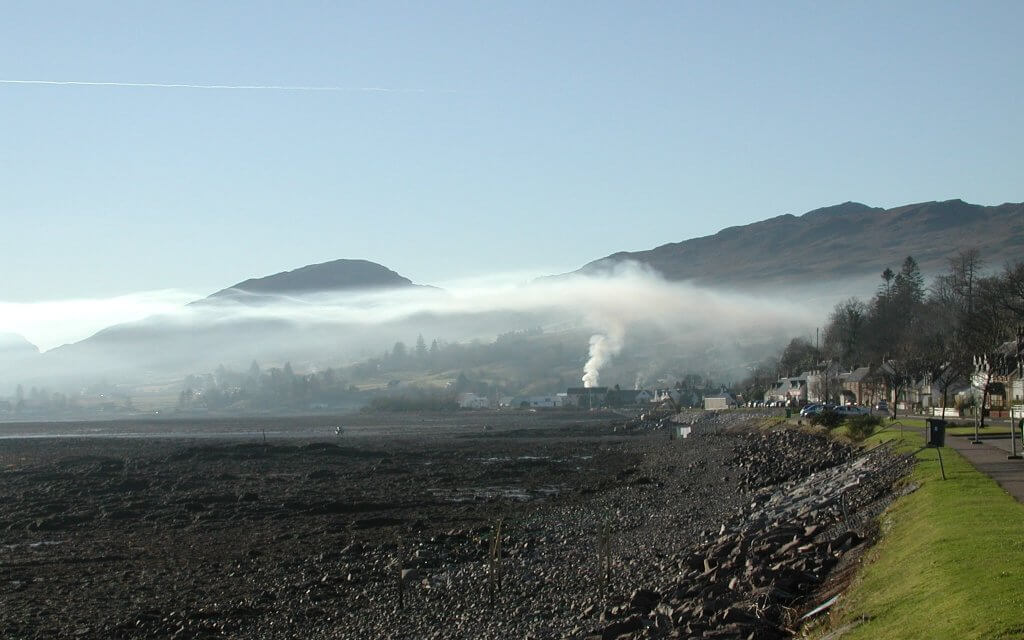Recently, during the walk I saw a smog over a city. I was wondering how much pollution actually was in the air that I breathed – at home, at my office etc. How can I measure an air quality of the places I lived in. Firstly I read more about air quality in order to find out how big the problem is.
The burning issue
For last few years air pollution is one of the major topic every winter in Poland. I’m glad that we talk more and more about that problem. But it’s not only a polish problem. Whole EU debates how to improve air quality. EFA (The European Federation of Allergy and Airways Diseases Patients’ Association) reports that 10 times more people are killed by air pollution than by road accidents in the European Union every year.
I think the best source of information about the air pollution in Europe is annual EEA report (EEA – European Environment Agency). Studies have shown that long-term exposure to PM2.5 (particulate matter with a diameter of 2.5 µm or less) in 2014 was responsible for about 428 000 premature deaths in Europe. The health related economic costs (medical costs, productivity reduction etc.) of air pollution are enormous – it is estimated to be €330 – €940 billion a year.
In 2016 EU has agreed on a National Emissions Ceilings (NEC) directive. It sets 2020 and 2030 emission reduction commitments for PM2.5, SO2, NOx and several more. From 2016, according to the report, air quality was slowly improving, but still a lot of work needs to be done. In April 2016, Bulgaria was found guilty by the European Court of Justice for systematic and constant exceeding of EU norms on fine particulate matter over its whole country. Poland is the next to face same case in front of the ECJ.
Air pollution in Poland
Poland has the biggest problem with two elements:
- Particulate matter with a diameter of 10/2.5 µm or less (PM10/PM2.5)
- Benzo[a]pyrene (BaP)

Particulates (PM) are dangerous because they have ability to penetrate deep into the lungs and blood streams unfiltered, causing permanent DNA mutations, heart attacks, and premature death. The main sources of PM2.5 are transport and domestic heating. According to estimated data, about 200,000 coal boilers are sold in Poland every year and most of them (around 70%) have very poor emission parameters. Unfortunately, Poland does not currently have coal quality or emission standards for heating devices. Such standards apply in most European Union countries. As a result, in Polish houses you can burn the worst quality fuel in primitive devices, which results in a huge emission of the pollutants. The WHO set the annual PM2.5 limit value at 10 μg/m3. EU air-quality standards for PM are 25 μg/m3 for PM2.5 and 40 μg/m3 for PM10.
Besides PM Poland have also a big problem with the level of Benzo[a]pyrene. BaP is a highly carcinogenic organic compound and it is listed as a Group 1 carcinogen by the
International Agency for Research on Cancer. The main source of BaP is domestic heating (in particular wood and coal burning) and waste burning. According KOBiZE (National Center Emission Balancing and Management in Poland) emission from houses caused 52% PM10 concentration and 87% of BaP.
![Concentrations of benzo[a]pyrene in Europe in 2015](https://p0n3.net/wp-content/uploads/2018/03/bap.png)
Temperature inversion behaviour
Besides the fact that people in winter more often heat their houses there is also natural phenomenon witch increases the smog problem. Condition called temperature-inversion. Usually under normal conditions air temperature decreases with height. When temperature-inversion occur in the troposphere (the region of the atmosphere nearest the Earth’s surface) a layer of cool air at the surface is overlain by a layer of warmer air. In that case air temperature increases only to a certain height, so an inversion traps air pollution close to the ground level.

This weather phenomenon typically occurs on cold mornings in the valleys of low air circulation. Temperature inversions lasts only a few hours, but there have been cases where they remain for several days like during Great Smog of London when about 12 000 people died.

Sources
- Air quality in Europe — 2017 report by EEA
- Air quality in Europe — 2016 report by EEA
- https://www.britannica.com/science/temperature-inversion
- https://www.polskialarmsmogowy.pl/polski-alarm-smogowy/smog/szczegoly,skad-sie-bierze-smog,18.html [PL]
Leave a Reply